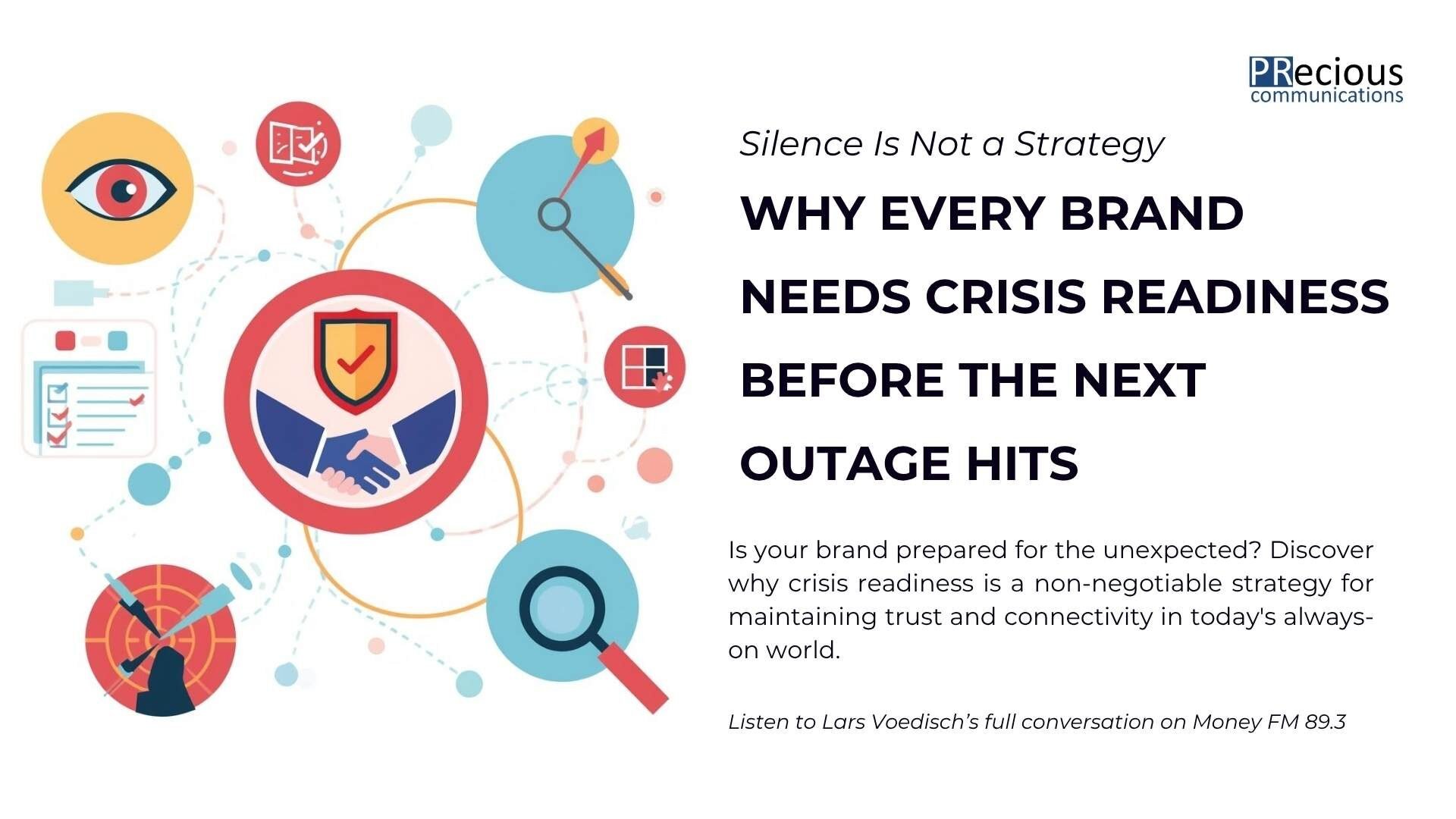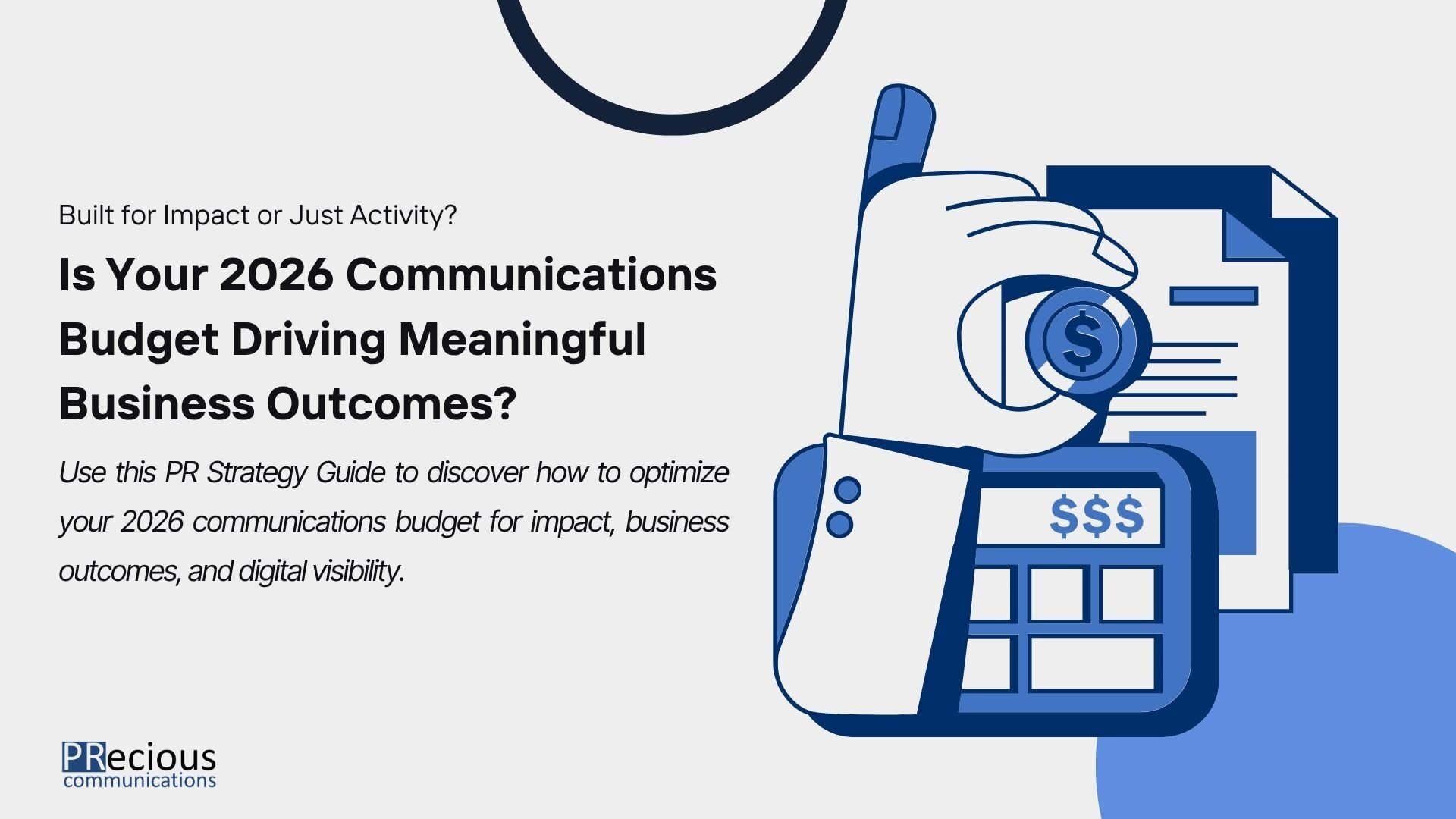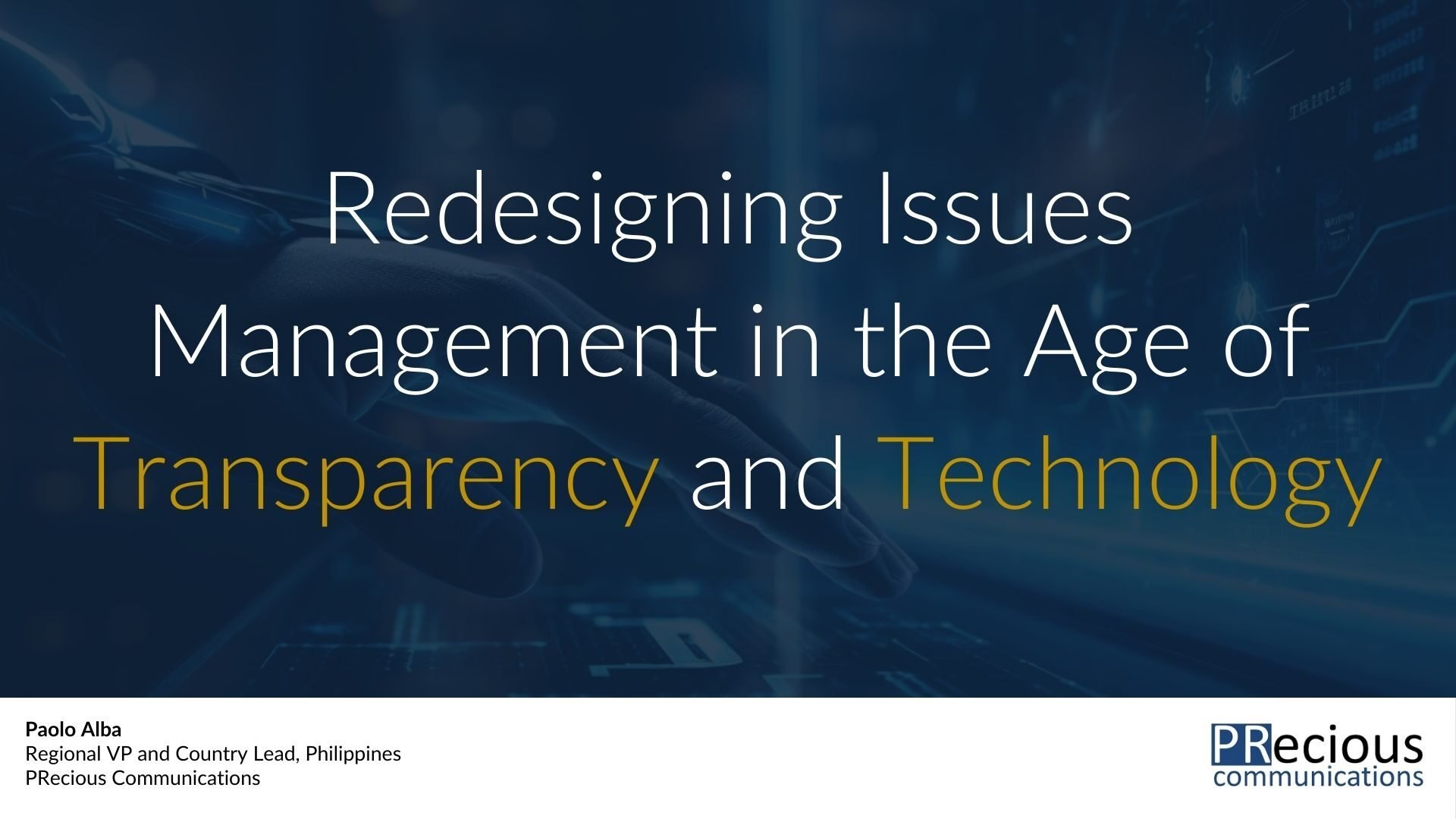In the rapidly evolving communications landscape, strategic budget allocation has never been more critical. As we approach 2026, communications leaders face mounting pressure to deliver measurable business impact with constrained resources.
“The difference between a budget that drives business growth and one that merely keeps the lights on isn’t the size, it’s the strategy behind the allocation.”
This challenge is further complicated by AI’s transformation of information discovery, increasing political polarization, and heightened stakeholder expectations for transparency. Traditional budget planning approaches are no longer sufficient to navigate this complex terrain. This article explores how to build a communications budget focused on genuine impact rather than mere activity.
The Non-Negotiables Your Comms Strategy Can’t Ignore
While the communications landscape continues to evolve, certain fundamental elements remain essential for any effective strategy. These core components must be properly funded to ensure your organization maintains visibility, credibility, and resilience in an increasingly complex information environment.
- Media and thought leadership remain foundational. Despite evolving formats, credibility still depends on trusted voices and earned authority. The platforms may change, but the power of third-party validation persists.
- Digital discoverability transcends marketing. Your content must be strategically structured not just for Google, but for emerging AI-driven search platforms. Without proper optimization, even your most compelling messages risk invisibility in tomorrow’s information ecosystem.
- Measurement must evolve beyond vanity metrics. Clip counts and impression tallies tell an incomplete story. Forward-thinking leaders require analytics that demonstrate how communications directly influence reputation, authority, and stakeholder action.
- Crisis preparedness is now table stakes. Whether facing data breaches, misinformation campaigns, or unexpected regulatory shifts, organizations without dedicated resources for reputational resilience are essentially gambling with their most valuable asset.
“In an era where information abundance creates attention scarcity, the fundamentals of communications aren’t optional, but existential.”
Key Takeaway: The foundation of any effective communications budget must include investments in credible thought leadership, AI-ready digital discoverability, outcome-focused measurement systems, and robust crisis preparedness. These elements aren’t optional luxuries, they’re essential safeguards for your organization’s reputation and visibility in an increasingly complex information landscape.
The Critical Blind Spots in Most Budgets
Even well-intentioned communications budgets often contain significant gaps that limit their effectiveness. These blind spots typically result from traditional thinking that hasn’t kept pace with today’s stakeholder expectations and information consumption patterns. Identifying and addressing these oversights can dramatically enhance your communications ROI.
- Employee advocacy remains undervalued. Your team members represent your most authentic and trusted messengers, yet too few communications budgets adequately support internal alignment and activation strategies.
- Content is treated as disposable. Many organizations create valuable assets for single-use purposes when a strategic content factory approach could multiply reach, impact, and ROI.
- Strategic counsel gets shortchanged. Execution often consumes the lion’s share of resources, leaving minimal investment in strategic guidance. Yet thoughtful advisory capability can prevent costly tactical missteps and align communications with business objectives.
- Proactive reputation management gets overlooked. ESG commitments, DEI initiatives, and regulatory compliance all demand proactive communication strategies, not reactive damage control.
And investment isn’t only in technology—it’s in people. Reports show a large majority of businesses now consider cybersecurity and crisis preparedness a high priority for senior management. The UK government’s 2024 Cyber Security Breaches Survey found that 98% of large businesses and 93% of medium businesses now place cybersecurity at the top of the C-suite agenda.
“The most dangerous gaps in your communications strategy aren’t the ones you’ve considered and rejected. They’re the ones you’ve never even identified.”
Key Takeaway: The most common budget blind spots such as underinvestment in employee advocacy, strategic content development, high-level counsel, and proactive reputation management, often represent the difference between communications that merely generate activity and those that drive meaningful business outcomes. Addressing these gaps should be a priority for forward-thinking communications leaders.
Maximizing Impact Through Strategic Allocation
Once the essential foundations are secured and blind spots addressed, communications leaders must consider how to allocate remaining resources for maximum impact. Strategic budget decisions should prioritize approaches that build sustainable influence rather than temporary visibility.
- Shift from campaign spikes to continuous storytelling. Consistency builds authority more effectively than sporadic bursts of activity.
- Leverage AI and automation strategically. Free your team from routine tasks to focus on high-value creativity, relationship-building, and strategic thinking.
- Invest in proprietary insights and research. Data-driven thought leadership outlasts traditional press releases and positions your brand as an authoritative voice in your industry.
- Break down organizational silos. Cross-functional collaboration with marketing, sales, and HR not only shares costs but creates multiplicative impact across stakeholder touchpoints.
“The most successful communications leaders don’t just manage resources, they multiply them through strategic allocation and cross-functional leverage.”
Key Takeaway: Strategic resource allocation isn’t just about spending more, it’s about spending smarter. By prioritizing continuous storytelling over campaign spikes, leveraging AI for efficiency, investing in proprietary insights, and fostering cross-functional collaboration, communications leaders can dramatically increase their impact without necessarily increasing their budgets.
The 2026 Multiplier Mindset
Forward-thinking communications leaders understand that their budgets must serve multiple purposes simultaneously. The most effective approach balances immediate needs with long-term strategic investments that compound in value over time.
- Communications budgets serve multiple critical functions. A well-crafted communications budget serves as business insurance, reputation currency, and a growth catalyst simultaneously. The most effective budgets balance immediate visibility needs with long-term authority building.
- Experimentation drives outsized returns. Consider this practical guideline: allocate 10-15% of your communications spend to experimentation. Whether exploring immersive content formats, AI-enabled discovery tools, or innovative partnership models, the insights gained often deliver value far beyond the initial investment.
“Tomorrow’s communications leaders won’t be measured by how they maintain the status quo, but by how they multiply impact while navigating unprecedented change.”
Key Takeaway: Adopting a multiplier mindset means viewing your communications budget as an investment portfolio—one that should include both safe, proven approaches and calculated risks with potential for outsized returns. By dedicating 10-15% of resources to experimentation, you position your organization to discover high-impact opportunities before competitors while building institutional knowledge that compounds over time.
Stress-Testing Your Strategic Plan
Before finalizing your 2026 communications budget, it’s essential to critically evaluate whether your plan addresses both current needs and emerging challenges. This process often benefits from an external perspective to identify potential blind spots.
- Timing is everything in communications planning. Many in-house teams discover too late that they’ve underinvested in critical areas like discoverability, analytics, or strategic counsel. By then, valuable opportunities have already passed. Agencies with cross-industry perspective can help identify these gaps proactively and ensure your budget aligns with emerging demands.
- Yesterday’s basics won’t deliver tomorrow’s results. If your 2026 communications plan only covers yesterday’s basics, you’re likely sacrificing significant influence and impact. Now is the time to critically examine not just where your budget is going, but where it should be directed for maximum effect.
“The true test of a communications plan isn’t whether it looks good on paper, it’s whether it can deliver results when facing tomorrow’s unforeseen challenges.”
Key Takeaway: The most effective communications plans undergo rigorous stress-testing before implementation. External partners with cross-industry perspective can provide valuable insights to identify gaps and opportunities that might otherwise be missed, ensuring your budget is truly optimized for maximum business impact.
Five Questions to Ask Before Finalizing Your 2026 Comms Budget and Strategy
- Have we allocated resources for visibility in AI-driven search environments?
- Does our measurement approach connect communications activities to business outcomes?
- Is crisis preparedness adequately funded as a distinct line item?
- What specific investments are we making to activate employees as brand advocates?
- Have we designated 10-15% of our budget for strategic experimentation?
Ready to Build a Communications Strategy and Budget That Drives Real Business Impact?
Don’t settle for communications that merely generate activity when you could be driving meaningful business outcomes. At PRecious Communications, we help organizations across Asia-Pacific develop and implement strategic communications plans that deliver measurable results.
Contact us today for a complimentary assessment of your 2026 communications strategy. Our team of experts will help identify opportunities to optimize your budget for maximum impact in today’s complex information landscape.


